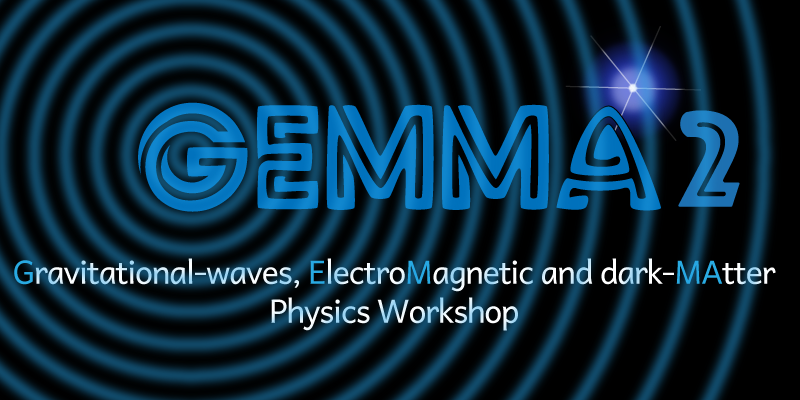Speaker
Description
We present the first application of the BAM code for numerical-relativity simulations of neutron stars (NS) admixed with fermionic dark matter (DM). Employing the Sly4 Equation of State (Sly4) for baryonic matter and treating dark matter as a non-interacting fluid, we investigate the impact of a varying dark matter fraction (0%, 3%, and 15% of the gravitational mass) on the merger dynamics, ejecta mass, post-merger remnant properties, and emitted gravitational waves. Our findings reveal significant alterations in the merger process due to the presence of dark matter. The simulations predict a decrease in the remnant’s lifetime with increasing dark matter content for DM core configurations, potentially favoring a prompt collapse to a black hole. Additionally, the ejected material and the emitted gravitational wave signature exhibit deviations from their DM-free counterparts. These unprecedented results pave the way for a deeper understanding of DM influence on BNS mergers and offer crucial benchmarks for future observations from advanced gravitational-wave detectors and multi-messenger astronomy.

